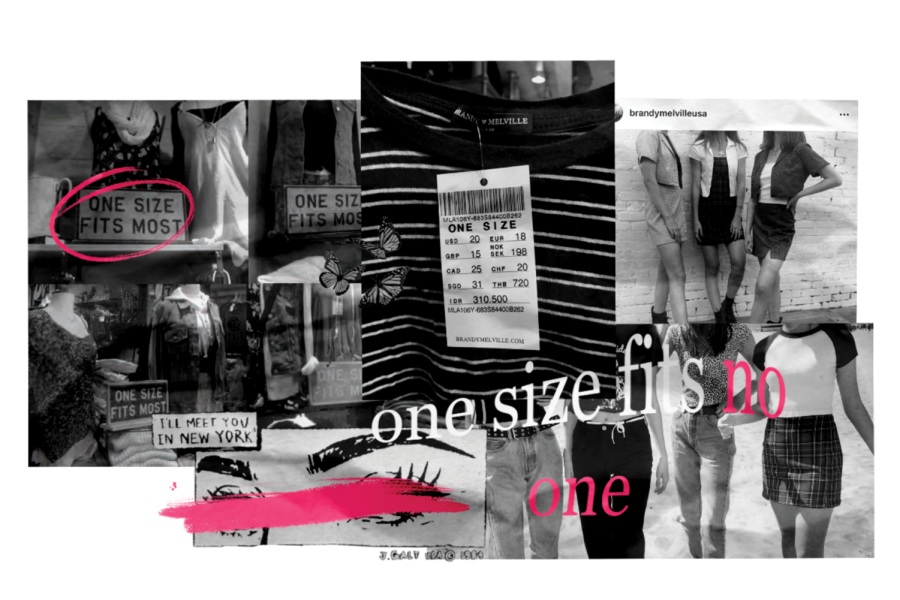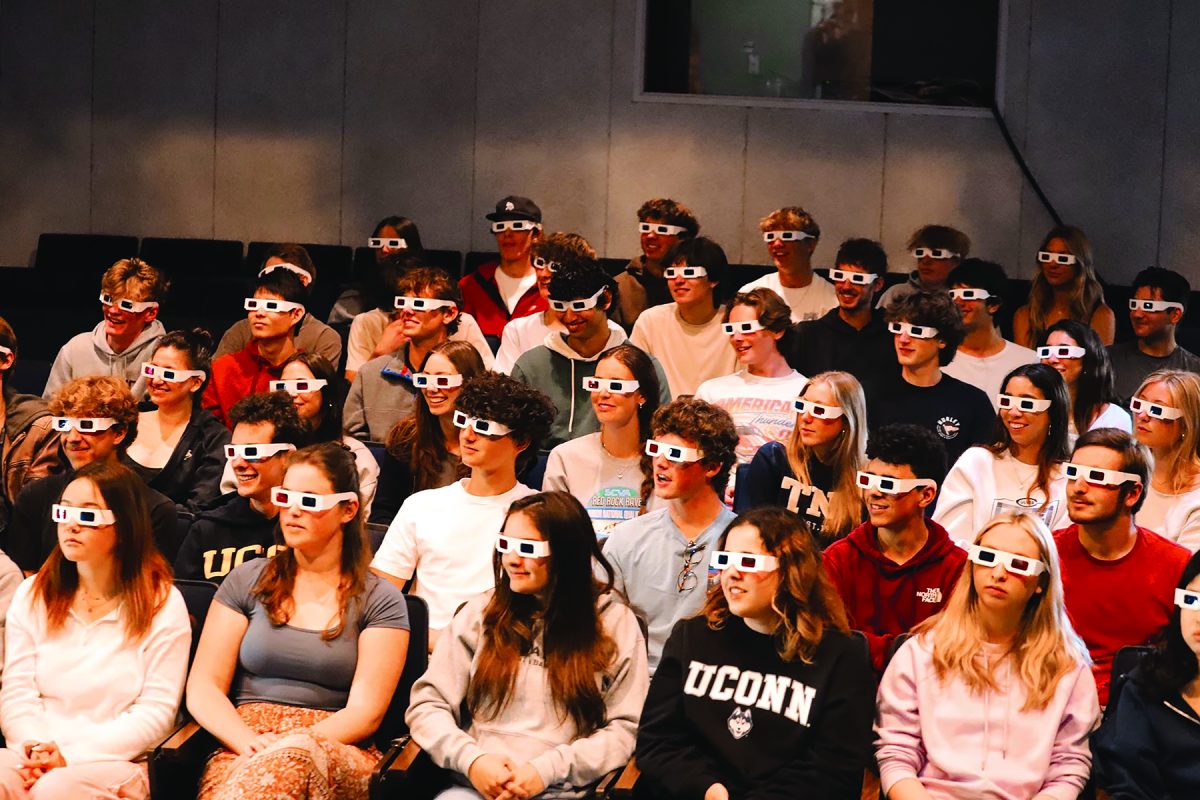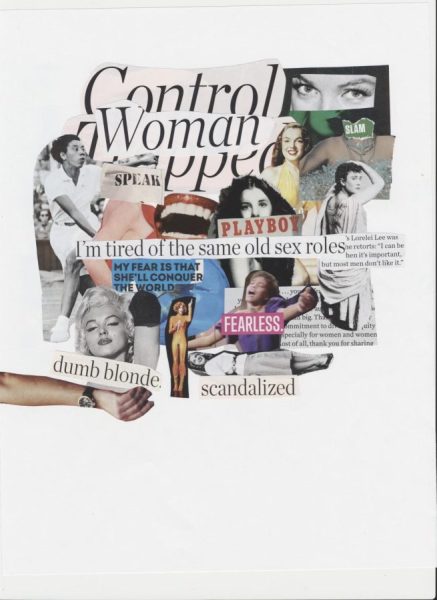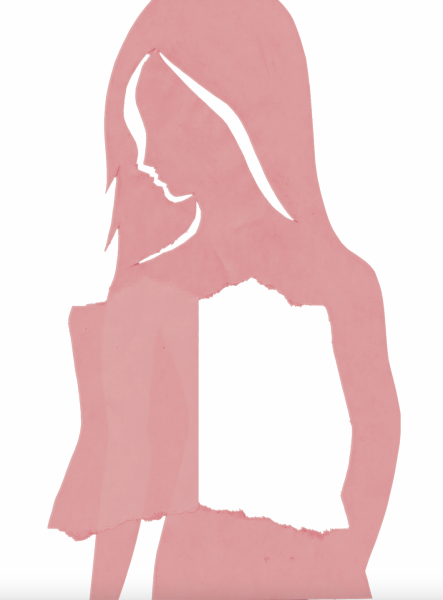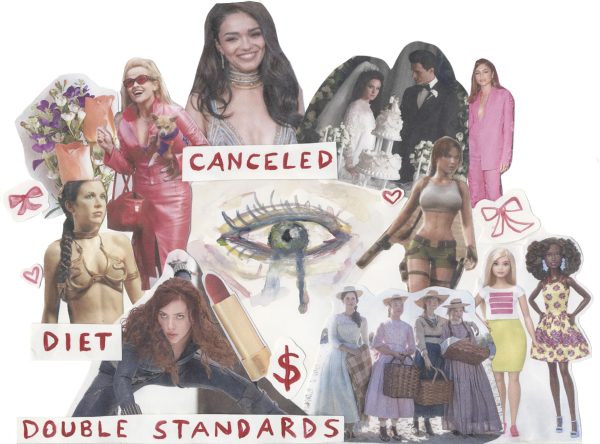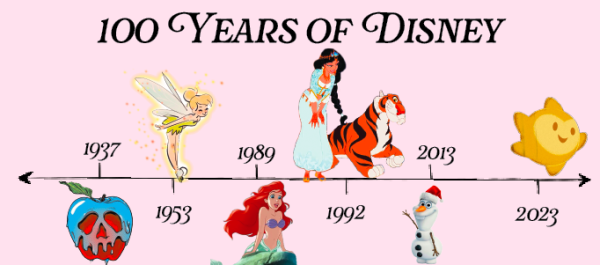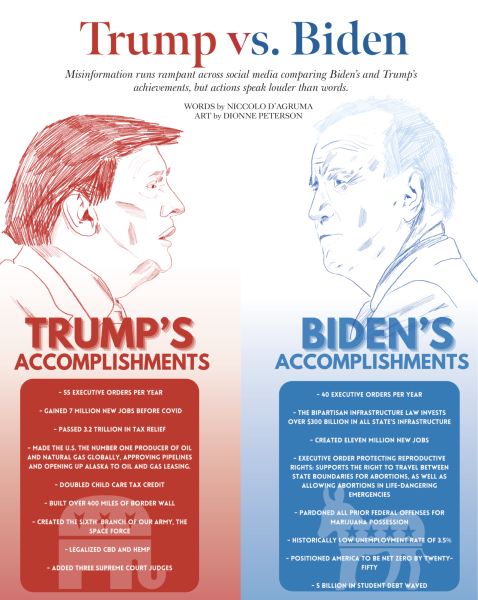One Size Fits [Sm]all
Brandy Melville—the brand that is the icon of teenage clothing culture—is facing backlash for the ethics they are promoting through their clothing.
January 5, 2023
On every tag of Brandy Melville clothing, customers are met with the pointed words: one size fits all. In an era where the clothing industry is trying to create more inclusivity, brands like Brandy Melville who are refusing to join this movement are facing huge backlash and controversy.
The roots of their ethical misconduct date back to the 80s when Brandy Melville opened their first store in Italy and eventually their first American store in 2009.
The brand quickly grew in popularity thanks to its ability to keep up with trends. Brandy Melville’s aesthetic was and still is popular because it enforces an image of the skinny Caucasian girl that teenage girls try to emulate.
Brandy Melville uses this well-recognized image as an advertising strategy. To become an employee, there are three carefully curated requirements: being white, thin, and blonde.
Since the brand originates from Europe, they enforce eurocentric beauty standards, which target an exclusive customer that is intangible for others to obtain.
Not only are their employees following these eurocentric standards, but are also their ambassadors.
These girls are called “Brandy Girls,” showcasing young and skinny girls, all noted to have strikingly thin frames and long legs.
Their workers are often hired to model for the brand resulting in only a particular body type being promoted.
The girls Brandy Melville employs have to fit into the clothing. This only puts a further emphasis on their infamous one-size-fits all policy.
“Brandy Melville preaches a message ‘one size fits all’ and inclusivity, but it’s specifically targeted to small girls,” senior Molly Morouse said.
This sizing method tells the brand’s consumers that they should be able to fit into their clothes, and if they cannot, they are considered abnormal.
And what size are they expecting all girls to fit into? Extra small to small.
The company brands their clothes as “one size fits all” resulting in the notion that being a size large is not okay for a teenage girl.
This results in pressure on adolescent girls to make certain changes to themselves in order to fit into the clothing, which often results in unhealthy habits, such as eating disorders.
Multiple women have come out with similar stories; centered around the topic that Brandy Melville has made them lack confidence in themselves.
YouTuber Latao Chen shared her experience in a video titled,
“I lost weight to fit into Brandy Melville.”
She shared how she contemplated not eating after not fitting into a pair of Brandy Melville jeans.
Her sentiment has been echoed by hundreds of teenage girls that don’t fit into the small fraction of women the brand caters to. This is certainly not the only discriminatory issue Brandy Melville is known for.
Brandy Melville caters to what society has deemed as the “ideal” teenage girl. Skinny, straight, and also white. If a customer walks into their store, scrolls down their Instagram, or takes a look at their website, there is a repeating theme: there are rarely any people of color representing the brand. This is because the “ideal girl” is considered to have eurocentric qualities that most girls of color aren’t born with. This results in the brand only hiring workers who are of a certain race leading to a significant lack of diversity.
The brand has faced scrutiny after multiple workers accused them of being racist in its hiring practices.
Yet despite Brandy Melville’s issues being well known amongst the teenage population, there have not been many attempts to change what the brand has set as their norm.
The few boycotts that have taken place against the brand were unsuccessful and not popular.
A similar change has been called for in discriminatory brands such as Victoria’s Secret, which was previously known for only promoting a specific body shape as the epitome of the feminine physique. The backlash Victoria’s Secret received from its consumers eventually caught up with them. Boycotts were held and petitions were signed by their models, calling out the brand for its misogynistic and limited views, which caused the brand to renovate its image into a more inclusive one.
They started hiring plus-sized models–something they had sworn off doing in the past–and vowing to promote empowering women.
The change that transformed Victoria’s Secret from an exclusive platform to the brand they have become was revolutionary—it showed people that a company that has built its brand of promoting the “ideal” body shape can change if the right pressures are applied.
One of the biggest reasons that this has not been the case for Brandy Melville is because their consumers are too hooked on the brand to stray from it.
Brandy Melville provides girl with cute on-trend clothing at affordable prices. But, of course, this does not come without its repercussions.
These clothing items are usually thrown out as trends pass to make room for the next trendy article of clothing.
This is defined as fast fashion, which refers to inexpensive clothing produced rapidly by large companies to keep up with trends. This, of course, leads to a more significant number of clothing waste.
The image Brandy Melville presents is harmful as it creates false misconceptions about what the epitome of a “perfect woman” is.
Because the company promotes a specific body type, it has an overwhelming damaging effect on the self-image of young girls, causing them to criticize themselves instead of the company’s false “one size fits all” policy.
For a brand that stays ahead of its competitors, they are missing the fact that there is not one ideal body type.
Consumers have the power to change this by demanding more inclusion and representation.



